 W
WThe Government of the Philippines is the national government of the Philippines. It is governed as a unitary state under a presidential representative and democratic and a constitutional republic where the President functions as both the head of state and the head of government of the country within a pluriform multi-party system.
 W
WIn early Philippine history, the Barangay is the term historically used by scholars to describe the complex sociopolitical units which were the dominant organizational pattern among the various peoples of the Philippine archipelago in the period immediately before the arrival of European colonizers.
 W
WThe Philippine census is a regularly occurring and official inventory of the human population and housing units in the Philippines. Since 1970, the population has been enumerated every five years. Results from the censuses are used to allocate congressional seats and fund government programs.
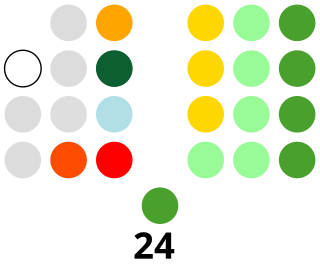 W
WThe Congress of the Philippines is the bicameral legislature of the Philippines. It consists of the Senate and the House of Representatives, although colloquially, the term "Congress" commonly refers to just the latter.
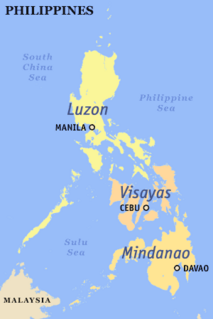 W
WFederalism in the Philippines is a proposed form of government in the country.
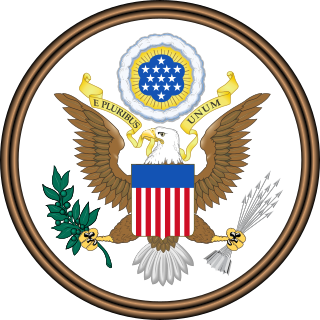 W
WThe Jones Law was an Organic Act passed by the United States Congress. The law replaced the Philippine Organic Act of 1902 and acted as a constitution of the Philippines from its enactment until 1934, when the Tydings–McDuffie Act was passed. The Jones Law created the first fully elected Philippine legislature.
 W
WThe National Academy of Science and Technology is the highest recognition and scientific advisory body of the Philippines under the Department of Science and Technology. It was created through Presidential Decree 1003-A issued by President Ferdinand E. Marcos in 1976 to honor and recognize Filipino scientists who made worthy contributions in the advancement of science and technology in the country. It also recommends individuals to be conferred the Order of National Scientist upon approval of the President of the Philippines.
 W
WThe national debt of the Philippines is the total debt, or unpaid borrowed funds, carried by the national government of the Philippines. As of November 2020, the general government debt of the Philippines amounts to ₱10.13 trillion ($210,709,166,300). The debt-to-GDP ratio, which reflects the ability to pay obligations, will jump from 39.6 percent in 2019 to 53.9 percent in 2020 and 58.1 percent in 2021.Domestic debt: ₱7.19 trillion ($149,555,666,900) External debt: ₱2.94 trillion ($61,153,499,400) Total debt: ₱10.13 trillion ($210,709,166,300)
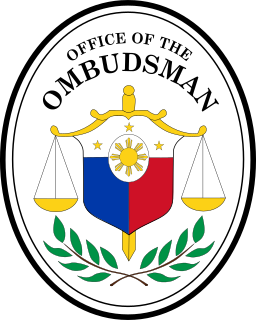 W
WThe Ombudsman of the Philippines, also known as Tanodbayan ng Pilipinas, is an ombudsman responsible for investigating and prosecuting Philippine government officials accused of crimes, especially graft and corruption.
 W
WThe Philippine Organic Act was a basic law for the Insular Government that was enacted by the United States Congress on July 1, 1902. It is also known as the Philippine Bill of 1902 and the Cooper Act, after its author Henry A. Cooper. The approval of the act coincided with the official end of the Philippine–American War.
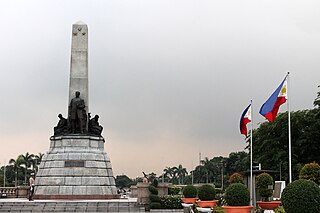 W
WThe Philippine Registry of Cultural Property, abbreviated as PRECUP is a national registry of the Philippine Government used to consolidate in one record all cultural property that are deemed important to the cultural heritage, tangible and intangible, of the Philippines. On June 11, 2018, the entries in the newly updated PRECUP was at 3,921. Additionally, 1,259 out of 1,715 LGUs, or 73 percent of LGUs have established local cultural inventories (LCI).
 W
WThe president of the Philippines is the head of state and the head of government of the Philippines. The president leads the executive branch of the Philippine government and is the commander-in-chief of the Armed Forces of the Philippines. The president is directly elected by the people, and is one of only two nationally elected executive officials, the other being the vice president of the Philippines. However, four vice presidents have assumed the presidency without having been elected to the office, by virtue of a president's intra-term death or resignation.
 W
WThe Supreme Court is the highest court in the Philippines. The Supreme Court was established by the Second Philippine Commission on June 11, 1901 through the enactment of its Act No. 136, an Act which abolished the Real Audiencia de Manila, the predecessor of the Supreme Court.